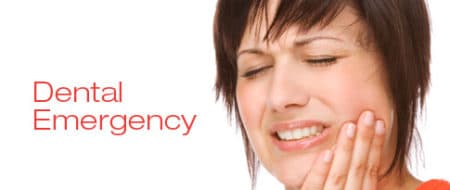
Periodontal disease, or gum disease as it is frequently called, is really a group of illness with the exact same outcome; inflammation of the gums (gingivitis), damage of the periodontal ligament, loss of supporting bone and eventually tooth loss. Nearly all individuals will develop gingivitis in the lack of good oral preventative care; however, just about 10-15% of people go on to have more advanced periodontal disease with the loss of supporting bone and result in the loss of teeth.
Of the people who go on to get advanced types of periodontal disease, 70% develop a chronic kind of the disease that worsens as the patient ages. It has a pattern of attachment (bone) loss that is the same on both sides of the mouth and is naturally treatable.
The other 30% of periodontal disease patients establish other forms and patterns of illness. Some are more and some less quickly progressive, affecting younger ages and are associated with different mixes of disease-causing bacteria and/or deficiencies in their immune system. If left unattended, attachment (bone) loss tends to progress in spurts of activity instead of in a steady progression. It is more cyclical than direct, brief periods of fast illness development are followed by longer periods of attempted healing by the body and thereafter once again by more breakdown.
Signs and Symptoms of Periodontal Disease
As discussed in the past, the first signs of periodontal disease normally start with gingivitis; the gums appear reddened at the margins, slightly swollen and bleed when gently provoked by tooth brushing or flossing. It is frequently believed that brushing too rough causes bleeding gums-- however, bleeding from the gum tissues is not normal and must be taken as an indication of disease.
Foul breath and taste are also commonly connected with periodontal disease. As the illness advances the gum tissues start to decline, exposing root surface areas which might trigger tooth sensitivity to temperature and pressure change. Gum tissues may start to lose their typically tight attachment to the tooth causing pocket development, noticeable by a dentist during periodontal probing. As pocket formation progresses, supporting bone loss may be noted around the teeth.

Abscess development, the collection of pus pockets signified by pain, swelling and discharge from the gum tissues is a later sign of illness. Eventually looseness and drifting of teeth occur as bone is lost in advanced degrees of illness and may likewise appear as consuming becomes harder or uneasy.
Diagnosis
Early periodontal disease can be spotted by your general dentist throughout routine dental examinations. He or she can physically and visually evaluate the gingival tissues, probe to figure out whether the connection levels to the teeth are normal or irregular, and assess bone health through dental radiography (x-rays).
Depending upon the findings, your dental expert may likewise refer you to a Periodontist, a dental practitioner focusing on the diagnosis and treatment continued of gum diseases. A Periodontist will connect with a general dentist and other oral experts in preparation and dealing with periodontal and bite issues to achieve maximum periodontal health and a practical and aesthetic outcome.
About Emergency Dentist of Fort Lauderdale
If you’re looking for an out of hours dentist or have a dental emergency such as pain or swelling and are in need of emergency dental treatments then you’re in the right place. Sometimes you need to see your dentist right away and there’s no better place to get treatment than right here at Emergency Dentist FL.
For more information contact:
Emergency Dentist of Fort Lauderdale
330 SW 13th St, Fort Lauderdale, FL 33315
954-807-1840
https://emergencydentistfortlauderdale.net/